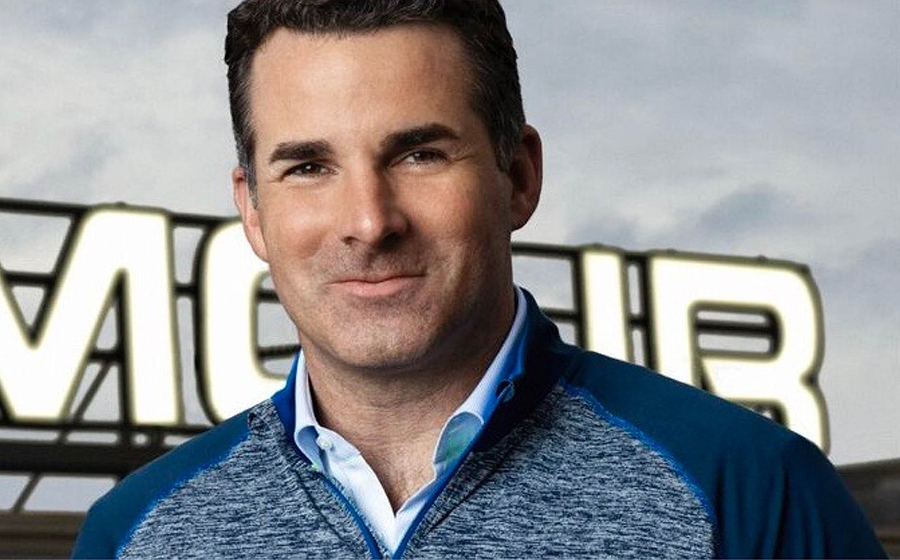I wrote an article on February 22, 2017, commenting on Under Armour\’s Q4 results that year. I reported, \”His (CEO Kevin Plank), steady stream of 26 quarterly sales increases of 20 percent plus, got slammed by Under Armour\’s recent 4th quarter sales growth of only 12 percent. They also lowered their growth projection for 2017 to 11-12 percent and added that operating income would decline. Furthermore, gross margins dropped from 48 percent last year to 44.8 percent, and have been falling since the first quarter of 2015.\” At the time, Under Armour also said they could not offset the sales and margin declines by cutting costs. And the mess was compounded by the fact that they had to invest in growing footwear, the international business and e-commerce, to reach their goal of a $10 billion business from $4.8 billion in 2016.
The Alt-Fact?
I went on to say, \”Wait a second. The brand\’s footwear sales grew a whopping 36 percent in that quarter.\” But I now say wait another second. Is that what one might call an \”alternative fact\” (where\’s Kellyanne when we need her)? NPD, the leading industry source for apparel and footwear sales tracking, gives us the stat that UA\’s footwear sales actually declined 20 percent in 2017 Q4.
Numbers aren\’t always what they appear – just like so-called facts. It turns out that both numbers are factual. UA\’s number combines their direct-to-consumer sales with its wholesale revenues, while NPD only tracks total consumer sales. In retrospect, can we assume UA was trying to fool the market with the higher number? Actually, the SEC demands the combined sales be reported. However, it does send a faux-positive message for less enlightened people who don\’t understand the difference.
Simply stated, UA sold lots of shoes to retailers, who in turn sold a lot fewer to consumers, which means tons of inventory was left sitting in those stores. And guess what happens to that inventory? You got it. It goes into the insane promotional race-to-the-bottom machine. It also means that those retailers are likely to buy less of UA footwear in the future. As it turns out, NPD\’s alternative fact of a 20 percent decline in footwear is the truer metric on UA\’s performance.
Fast Forward to 2019 Q3
Far from Plank\’s vision of running a $10 billion company, UA is still struggling to keep annual revenues at around $5 billion. As Plank ceded his CEO position to COO Patrick Frisk and kicked himself upstairs to Executive Chairman and Brand Chief, revenues for Q3 dropped one percent to $1.43 billion from $1.44 billion. Earnings grew 36 percent to $102.3 million or 23 cents a share from 17 cents, compared to $75.3 million a year earlier.
Wholesale revenues fell two percent to $892 million and DTC sales fell one percent to $463 million. Worse, in North America, their biggest market, sales fell four percent. Oh, and I almost forgot. UA reported its footwear business tanked by 12 percent, down to $251 million in sales. I wonder if those are alt-numbers or NPD\’s?
Bad News Just Gets Worse
If the numbers aren\’t bad enough and billions short of Plank\’s $10 billion dream, the SEC and the Justice Department are investigating UA\’s accounting practices. We\’ll see if they get to the truth and whether or not UA is using alt-facts. The numbers and the investigative probe were enough to send its share price plummeting 18.4 percent or $15.44 a share and to send its CEO to the sidelines.
It\’s Not Over Yet
The good news is that Plank kicked himself sideways to what he does best; what he did by creating and launching a unique product some 20 years ago that scaled like a meteor from zero to $4.8 billion in 2016. His move indicates he has finally realized where his entrepreneurial skills can best be used.
My Cautionary Message to the Industry
As I wrote in Is Marc Lore a Walmart Dilemma, \”An over-arching, long understood notion that is being proven as fact in this hyper-innovative technology revolution, is that great entrepreneurs who are magically creating new business models on a daily basis, need to turn over running the business to, well, business experts who understand how to profitably scale the unique models that the entrepreneurs created.\”
At the end of the day, the good news that there are super entrepreneurs who are creating a whole new exciting retail and brand world. The bad news is that they, or their investors, too often don\’t know when to bring in business leadership to instill operational discipline and strategies for long-term profitable growth. This could be the dilemma now confronting Walmart, which invested heavily in Marc Lore as the entrepreneur. Should McMillon and the Board give Lore a longer leash? Or bring in some discipline to balance his innovations? Frankly, I\’m glad it\’s not my decision.
Fortunately, Mr. Plank finally realized he is much better as an entrepreneur. And hopefully kicking himself out of the CEO role is not too late. And even more hopefully he has turned over the reins to a \”business\” man. Mr. Plank gets some well-deserved credit. He created a powerful brand that flew up into the sky in a short period of time. He stuck to his knitting (pun intended), which is performance sportswear. Now, with several bad quarters, the growth trap beckons. Once sucked into the trap, brands will flail around looking for growth anywhere they can find it. And by the way, the sharply pointed pincers of Nike and Adidas aren\’t going away anytime soon. In fact, their sheer size can easily crush UA.
To prevent the beginning of the end, Mr. Plank — and now Mr. Frisk — stick to your knitting and keep innovating and solving your customers\’ performance needs, and focus on achieving reasonable, but more profitable growth.




